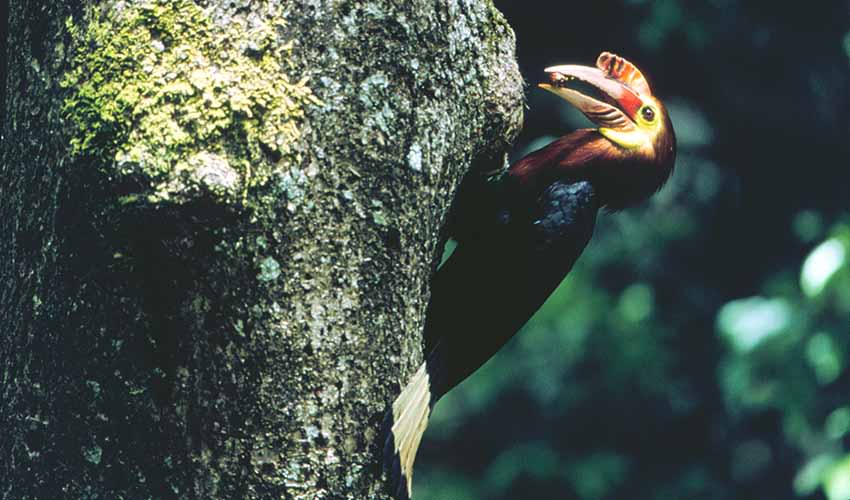Rhabdotorrhinus
Some of the most unique and ecologically important birds in Southeast Asia
A small but fascinating group of hornbills native to Southeast Asia, particularly the Philippines and parts of Indonesia. These birds are part of the larger hornbill family, known for their distinctive curved bills, often topped with a bony structure called a casque. What sets Rhabdotorrhinus hornbills apart from other hornbills is their smaller size, more delicate build, and the striking colors and markings on their bills and faces — plus some surprisingly sweet family values.
Members of this genus were once grouped under the genus Penelopides, but further studies revealed that Rhabdotorrhinus hornbills are genetically distinct. This group includes species like the Mindanao hornbill (Rhabdotorrhinus leucocephalus), Visayan hornbill (Rhabdotorrhinus waldeni), and the Mindoro hornbill (Rhabdotorrhinus mindorensis) — all of which are endemic to the Philippines, meaning they’re found nowhere else on Earth. They tend to live in lowland and montane forests, feeding mainly on fruit, especially figs, but will also snack on insects and small animals when available.
One of the coolest and most unique things about Rhabdotorrhinus hornbills — and hornbills in general — is their nesting behavior. When it’s time to breed, the female enters a tree cavity and seals herself inside using a mixture of mud, fruit pulp, and droppings, leaving only a small slit through which the male feeds her and, later, the chicks. She remains sealed in for the entire incubation period and early chick-rearing stage — often several weeks. This behavior protects her and the young from predators and makes the male’s role as food provider absolutely critical.
Species in this genus
Walden’s hornbill
Its call is a loud, honking sound — sometimes compared to a goose or a barking dog


